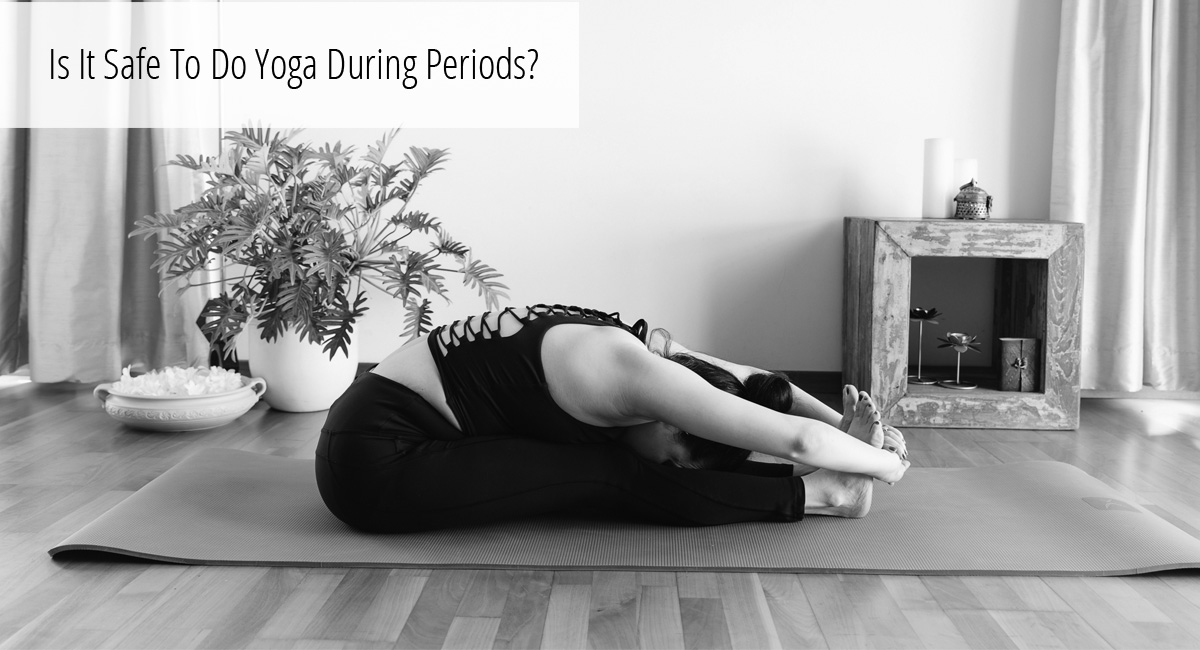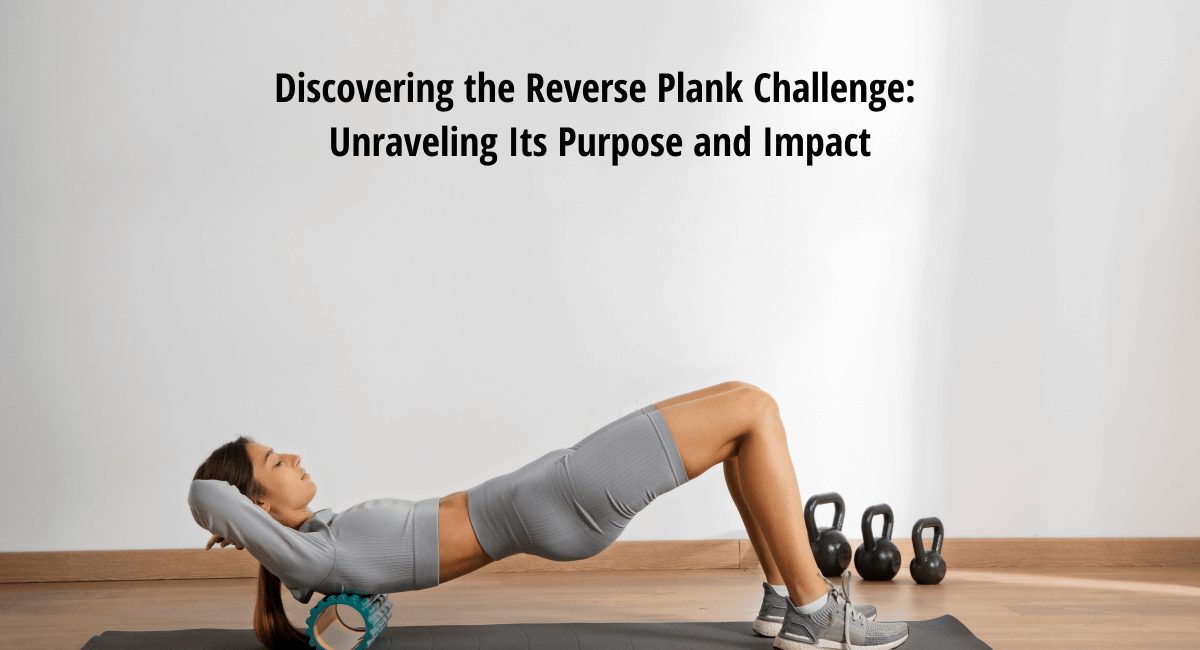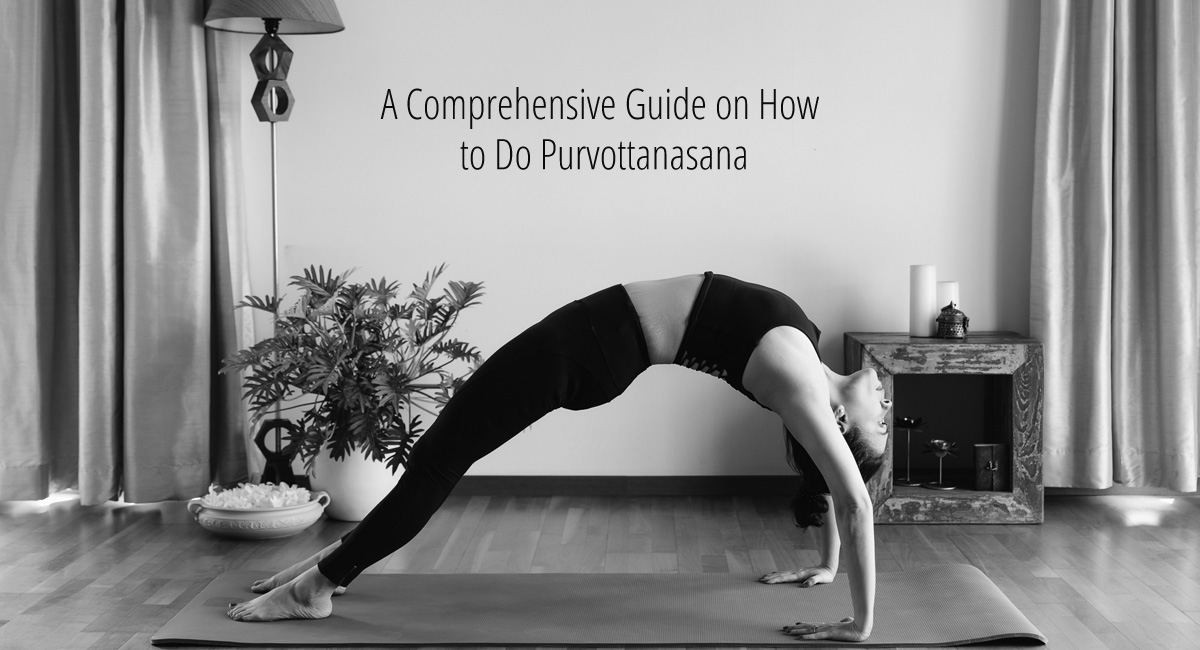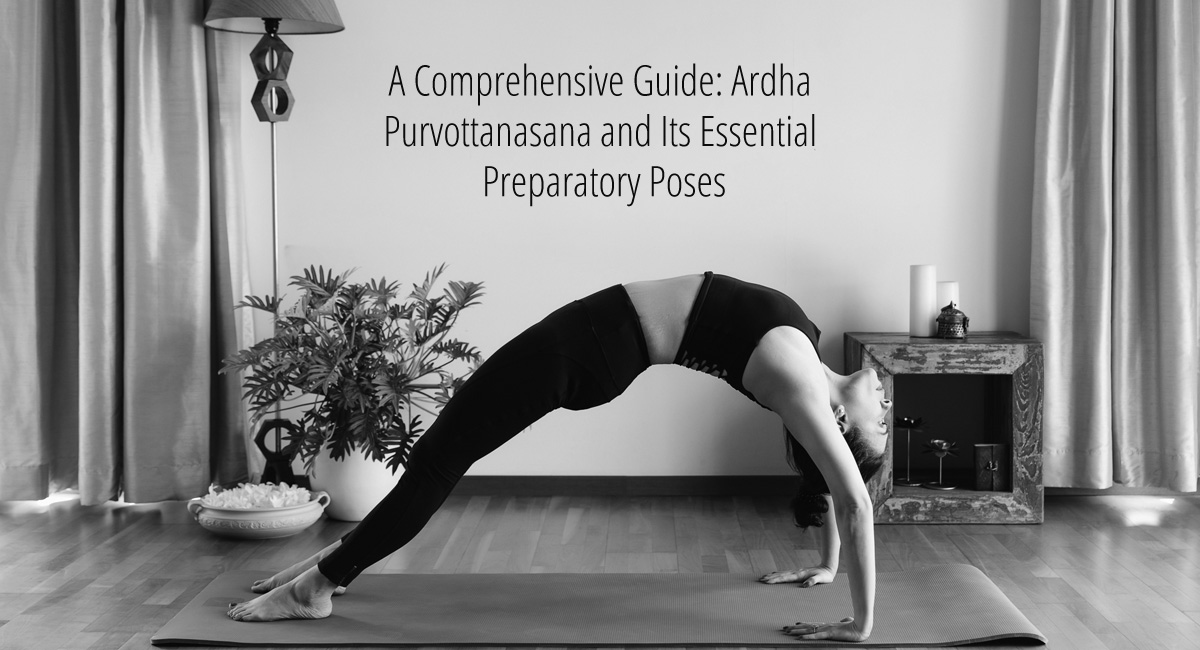
Is It Safe To Do Yoga During Periods?
Table of Contents
It is generally safe to practice yoga during periods. However, some women may experience discomfort or fatigue during this time, so it’s important to listen to your body and modify your practice as needed. Certain yoga poses, such as inversions and deep twists, may not feel comfortable during menstruation, so it’s a good idea to avoid these poses or modify them as needed. It is important to maintain good hygiene during this time and wear appropriate menstrual products to avoid any leakage or discomfort. Yoga can be a helpful tool for managing menstrual symptoms and promoting relaxation, but it is important to approach the practice with awareness and respect for your body’s needs during this time.
What Are The Benefits Of Yoga During Periods?
Practicing yoga during periods can have several benefits. Gentle yoga poses, such as those that stretch the hips and lower back, can help to alleviate menstrual cramps and promote relaxation. Yoga can help to improve blood flow, which may reduce the intensity of menstrual bleeding and promote healing. The practice can also be helpful for reducing stress and promoting mental wellness, which can be particularly important during a time when many women experience emotional or physical discomfort. Yoga can also be a helpful tool for improving overall physical fitness, which can be beneficial for managing menstrual symptoms and promoting overall health and wellness. While it is important to approach yoga practice during periods with awareness and respect for your body’s needs, the practice can be a valuable tool for managing menstrual symptoms and promoting overall health and wellness.
Can you still get the same benefits even if you have an irregular menstrual cycle?
You can still get the same benefits from practicing yoga even if you have an irregular menstrual cycle. While the timing of your cycle may affect how you feel during your practice, the physical and mental benefits of yoga remain the same regardless of your menstrual cycle. It’s important to listen to your body and modify your practice as needed based on your energy levels and any discomfort or pain you may be experiencing. It is a good idea to be prepared with appropriate menstrual products and to be mindful of any changes in your cycle that may affect your practice. While an irregular menstrual cycle may require some modifications to your yoga practice, it should not prevent you from enjoying the many benefits of yoga for physical and mental health.
It is also worth noting that yoga can be a helpful tool for regulating menstrual cycles and promoting overall reproductive health. Certain yoga poses, such as those that stimulate the pelvic region, can be particularly helpful for regulating menstrual cycles and promoting fertility. However, it’s important to approach these poses with awareness and respect for your body’s needs and to consult with a healthcare provider if you have any concerns about your menstrual cycle or reproductive health. Overall, yoga can be a valuable tool for women with irregular menstrual cycles, both for managing menstrual symptoms and promoting overall reproductive health and wellness.
Are there any positions that should be avoided during menstruation?
There are certain yoga poses that should be avoided or modified during menstruation. Inversions, such as headstands and shoulder stands, are generally not recommended during menstruation, as they can disrupt the natural flow of blood and energy in the body. Deep twists can also be uncomfortable during this time, as they can put pressure on the abdominal region and cause discomfort or cramping. It is also a good idea to avoid any poses that put pressure on the belly or lower back, as these areas may be more sensitive during menstruation. Instead, focus on gentle yoga poses, such as those that stretch the hips and lower back, and use props such as blankets and bolsters to support your practice. By modifying your yoga practice during menstruation, you can still enjoy the many benefits of yoga while supporting your body’s natural needs and rhythms.
How should one deal with cramps and other symptoms?
There are many ways to deal with cramps and other symptoms during menstruation, both on and off the yoga mat. Practicing gentle yoga poses, such as hip openers and forward folds, can be helpful for relieving menstrual cramps and promoting relaxation. Making dietary and lifestyle changes, such as reducing caffeine and alcohol consumption and getting enough sleep, can also be beneficial for managing menstrual symptoms. Using heat, such as a hot water bottle or heating pad, can also help to ease cramps and discomfort. It’s also important to listen to your body and rest when needed and be mindful of any changes in your energy levels or mood during this time. By taking a gentle and supportive approach to self-care during menstruation, you can help to manage symptoms and promote overall well-being.
How should you eat differently while practicing yoga during periods?
While there is no one-size-fits-all answer to how you should eat differently while practicing yoga during periods, there are certain dietary guidelines that may be helpful for managing menstrual symptoms and promoting overall health and wellness. For example, reducing caffeine and alcohol intake and increasing water consumption can be beneficial for managing bloating and other menstrual symptoms. Incorporating iron-rich foods, such as leafy greens and legumes, can also be helpful for replenishing the body’s iron stores during menstruation. It’s also important to listen to your body and make choices based on your own unique needs and preferences, rather than following strict rules or guidelines. By staying attuned to your body’s needs and making mindful choices around food and drink, you can support your yoga practice and promote overall health and well-being during menstruation.
What about using a tampon or a menstrual cup?
Using a tampon or menstrual cup while practicing yoga during periods is a personal choice that depends on individual preference and comfort level. Both tampons and menstrual cups are designed to be worn internally, which can make them more convenient and comfortable for physical activity like yoga. However, it’s important to make sure that the tampon or cup is inserted correctly and changed as needed to avoid discomfort or leakage. Some women may prefer to use external menstrual products, such as pads while practicing yoga during periods, as they may feel more comfortable and secure. Ultimately, the choice of menstrual products is a personal one that should be based on individual comfort and preference, as well as any health considerations. It is important to listen to your body and make choices that support your overall well-being during menstruation.
The bottom line
Practicing yoga during periods can be a beneficial way to promote overall health and wellness, as well as manage menstrual symptoms. With a few simple modifications to your yoga practice, you can continue to enjoy the benefits of yoga during menstruation while also supporting your body’s unique needs.
It is important to listen to your body and make choices that support your well-being, whether that means modifying certain poses or using a different menstrual product. By staying attuned to your body’s needs and making mindful choices around food, exercise, and self-care, you can support your yoga practice and promote optimal health and wellness throughout your menstrual cycle.
If you’re interested in learning more about practicing yoga during your menstrual cycle, consider speaking with a qualified yoga instructor or health professional. You could also visit our company website and learn more about menstrual health and the effects yoga can have on it.
Interested in joining a yoga class or workshop? Enquire now!

I am a Pune based artist, Kathak dancer, Dance Movement Therapist, and an avid Yoga practitioner/ teacher. I am also the Director at the Sakal Media Group, a Trustee of Pune Blind School and Nirdhar Trust.
Being a part of Sakal Media Group, with its strong foundation of service and ethical journalism, I am deeply committed in making this world a better place by pushing boundaries, giving opportunities to others, following my convictions, helping others make better choices and to tell powerful stories that will help reshape the world we live in.





